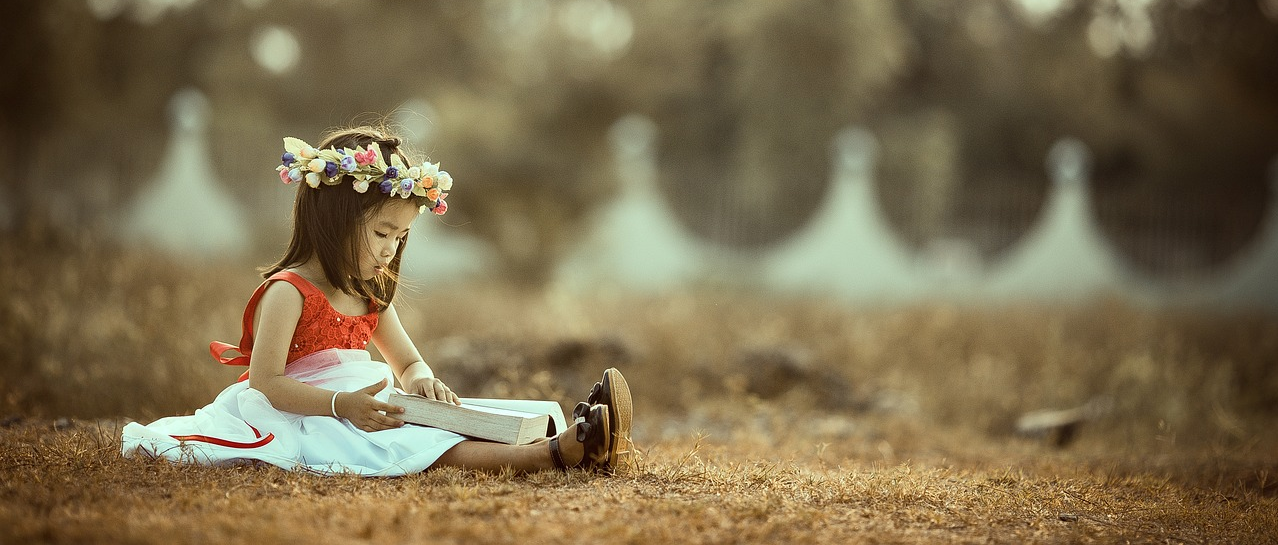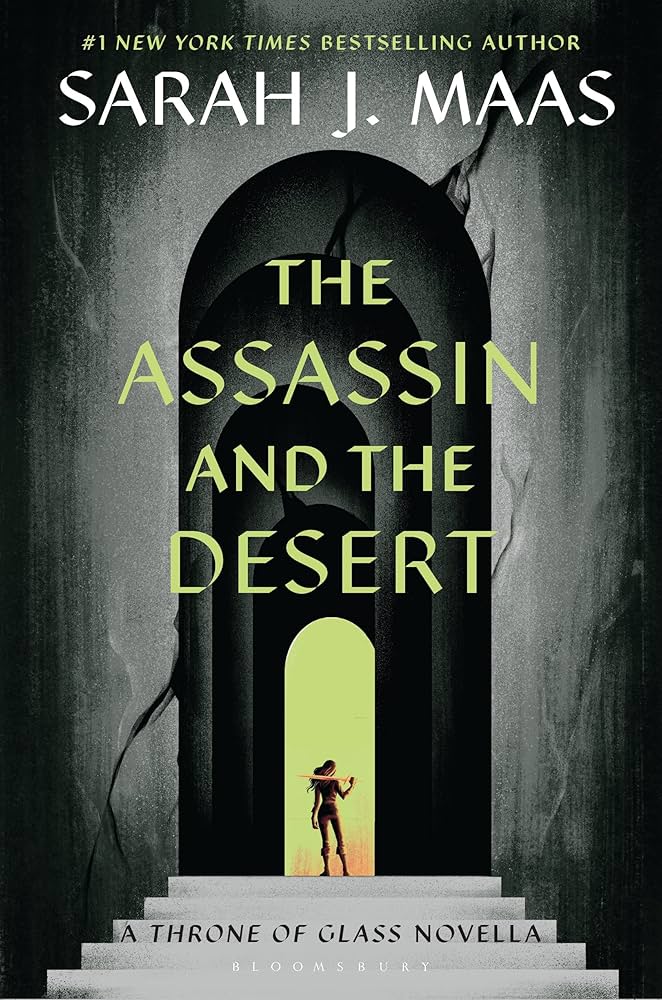The Assassin and the Desert
Chapter Two
by Maas, Sarah J.Celaena Sardothien faces a brutal test of skill and worthiness as she is ambushed by four attackers in a desert chamber. Despite being unarmed and clad in cumbersome clothing, she deftly disables each assailant through quick reflexes and precise strikes. The confrontation is revealed to be an initiation, overseen by a silent Master, to determine her readiness for training. Celaena’s confidence in her abilities is unwavering, even as she battles exhaustion and thirst in the harsh environment.
After proving her combat prowess, Celaena is introduced to Ansel, a striking young woman adorned in ornate wolf-themed armor. Ansel’s playful demeanor and unique appearance intrigue Celaena, though she remains wary of the unfamiliar surroundings. The Master signals their shared living arrangements, and Ansel reveals Celaena’s training will begin at dawn. Despite initial reservations, Celaena accepts the arrangement, relieved to have passed the test and earned the Master’s approval.
As they leave the chamber, Celaena reflects on her discomfort with sharing a room with a stranger, a stark contrast to her solitary life as an assassin. She observes the presence of other female assassins, a novelty compared to her guild back home. Ansel’s casual friendliness and lack of personal boundaries unsettle Celaena, who remains guarded. The thought that Ansel might surpass her in skill lingers, adding to her unease.
Their conversation turns to Celaena’s reputation, with Ansel teasing her for being less dramatic than expected. Despite the lighthearted exchange, Celaena remains vigilant, acutely aware of her missing weapons. The chapter ends with Celaena following Ansel through the halls, her mind racing with questions about her new environment and the challenges ahead. The dynamic between the two women hints at both camaraderie and potential rivalry.
FAQs
1. What was the purpose of the four attackers confronting Celaena at the beginning of the chapter, and how does this reveal the Master’s testing methods?
Answer:
The four attackers served as an initial assessment to evaluate Celaena’s combat skills and determine her training level. The chapter states this was “another test—a test to see at what level she might begin her training” and whether she was worthy. The Master observed silently, only smiling after she defeated all four men, indicating his approval. This reveals his methodology: practical, physical tests rather than verbal interviews or theoretical evaluations. The immediate hands-on approach reflects the assassins’ emphasis on real-world capability over formalities.2. Analyze how Celaena’s reaction to Ansel reflects her background and personality. What contradictions does she notice about Ansel?
Answer:
Celaena’s wariness (“ready to react to the slightest movement”) and observation of Ansel’s armor (“ornate to the point of probably being useless”) reveal her trained assassin’s skepticism and competitive nature. She notes contradictions in Ansel’s appearance: the impractical, flamboyant armor vs. her “boyish innocence” and combat competence. Celaena’s surprise at female assassins (“no other female assassins in Arobynn’s guild”) also highlights her isolated upbringing in Arobynn’s male-dominated guild. Her internal critique (“might be better than her”) underscores her pride and insecurity.3. How does the chapter establish the setting’s cultural and geographical context through details about the assassins’ appearance and behavior?
Answer:
The assassins’ “tan” skin and varied hair colors reflect the desert location and diverse origins (“various kingdoms on the continent”). Their clothing—loose, layered, and beige—suggests adaptation to the harsh climate. The Master’s silent communication (using “rudimentary gestures”) and the warriors’ initial nonverbal attack imply a culture valuing action over speech. Ansel’s “barely perceptible lilt” and the group’s mixed genders contrast with Celaena’s experiences in Rifthold, emphasizing this as a distinct, cosmopolitan community united by skill rather than regional norms.4. Evaluate how Celaena’s internal monologue during the fight scene demonstrates her characterization. What key traits are emphasized?
Answer:
Her thoughts reveal arrogance (“Of course she was worthy”), adaptability (improvising disarms despite “cumbersome” clothing), and endurance (“already-burning throat”). The quip “gods be damned” shows defiant humor, while her strategic analysis of feints and counterattacks proves her combat expertise. Notably, she pities the attackers (“hopefully they wouldn’t take it personally”), revealing unexpected empathy. The blend of confidence, skill, and fleeting vulnerability paints her as a multifaceted protagonist—skilled yet relatable, ruthless yet self-aware.5. What significance does Ansel’s wolf-themed armor hold, and how might it foreshadow her role in the story?
Answer:
The recurring wolf motifs (on her shoulder, helmet, and sword pommel) symbolize ferocity and loyalty—traits that may define Ansel’s arc. The “conspirator’s grin” and “wicked grin” suggest a playful but dangerous nature, akin to a wolf’s duality. Celaena’s fascination (“work of art”) hints at future bonding over shared aesthetics, while the armor’s impracticality (“sweltering to death”) foreshadows potential vulnerability. Wolves often represent pack mentality; Ansel’s immediate camaraderie (“sharing a room”) may position her as a guide to the desert’s social dynamics, or later, a rival alpha.
Quotes
1. “This was another test—a test to see at what level she might begin her training. And if she was worthy. Of course she was worthy. She was Celaena Sardothien, gods be damned.”
This quote captures Celaena’s unwavering self-confidence and establishes the central tension of the chapter—her need to prove herself in a new environment. It also introduces her signature arrogance that defines her character.
2. “None of them nodded back. Celaena kept one eye on the four men before her as they got to their feet, sheathed their weapons, and stalked back to the shadows. Hopefully they wouldn’t take it personally.”
This moment reveals the cold reception Celaena receives and her awareness of being an outsider. It showcases both her wariness and her attempt at humor in a tense situation, highlighting her complex personality.
3. “There was a strange, boyish sort of innocence to her, and that was what made her so striking.”
This description of Ansel introduces an important new character while subverting expectations about armored warriors. The observation reveals Celaena’s perceptiveness and sets up their contrasting personalities.
4. “In the Keep, there was no mistaking who she was. Here, she was just another face in the crowd.”
This reflection marks a key moment of humility for Celaena as she realizes her fame doesn’t precede her in this new place. It represents a significant shift in her self-perception and status.
5. “I thought you’d be… more dramatic.”
Ansel’s first direct challenge to Celaena’s reputation creates immediate tension between them. This quote perfectly encapsulates the theme of expectations versus reality that runs through their developing relationship.
Quotes
1. “This was another test — a test to see at what level she might begin her training. And if she was worthy. Of course she was worthy. She was Celaena Sardothien, gods be damned.”
This quote captures Celaena’s unwavering self-confidence and establishes the central tension of the chapter—her need to prove herself in a new environment. It also introduces her signature arrogance that defines her character.
2. “None of them nodded back. Celaena kept one eye on the four men before her as they got to their feet, sheathed their weapons, and stalked back to the shadows. Hopefully they wouldn’t take it personally.”
This moment reveals the cold reception Celaena receives and her awareness of being an outsider. It showcases both her wariness and her attempt at humor in a tense situation, highlighting her complex personality.
3. “There was a strange, boyish sort of innocence to her, and that was what made her so striking.”
This description of Ansel introduces an important new character while subverting expectations about armored warriors. The observation reveals Celaena’s perceptiveness and sets up their contrasting personalities.
4. “In the Keep, there was no mistaking who she was. Here, she was just another face in the crowd.”
This reflection marks a key moment of humility for Celaena as she realizes her fame doesn’t precede her in this new place. It represents a significant shift in her self-perception and status.
5. “I thought you’d be… more dramatic.”
Ansel’s first direct challenge to Celaena’s reputation creates immediate tension between them. This quote perfectly encapsulates the theme of expectations versus reality that runs through their developing relationship.
FAQs
1. What was the purpose of the four attackers confronting Celaena at the beginning of the chapter, and how does this reveal the Master’s testing methods?
Answer:
The four attackers served as an initial assessment to evaluate Celaena’s combat skills and determine her training level. The chapter states this was “another test—a test to see at what level she might begin her training” and whether she was worthy. The Master observed silently, only smiling after she defeated all four men, indicating his approval. This reveals his methodology: practical, physical tests rather than verbal interviews or theoretical evaluations. The immediate hands-on approach reflects the assassins’ emphasis on real-world capability over formalities.
2. Analyze how Celaena’s reaction to Ansel reflects her background and personality. What contradictions does she notice about Ansel?
Answer:
Celaena’s wariness (“ready to react to the slightest movement”) and observation of Ansel’s armor (“ornate to the point of probably being useless”) reveal her trained assassin’s skepticism and competitive nature. She notes contradictions in Ansel’s appearance: the impractical, flamboyant armor vs. her “boyish innocence” and combat competence. Celaena’s surprise at female assassins (“no other female assassins in Arobynn’s guild”) also highlights her isolated upbringing in Arobynn’s male-dominated guild. Her internal critique (“might be better than her”) underscores her pride and insecurity.
3. How does the chapter establish the setting’s cultural and geographical context through details about the assassins’ appearance and behavior?
Answer:
The assassins’ “tan” skin and varied hair colors reflect the desert location and diverse origins (“various kingdoms on the continent”). Their clothing—loose, layered, and beige—suggests adaptation to the harsh climate. The Master’s silent communication (using “rudimentary gestures”) and the warriors’ initial nonverbal attack imply a culture valuing action over speech. Ansel’s “barely perceptible lilt” and the group’s mixed genders contrast with Celaena’s experiences in Rifthold, emphasizing this as a distinct, cosmopolitan community united by skill rather than regional norms.
4. Evaluate how Celaena’s internal monologue during the fight scene demonstrates her characterization. What key traits are emphasized?
Answer:
Her thoughts reveal arrogance (“Of course she was worthy”), adaptability (improvising disarms despite “cumbersome” clothing), and endurance (“already-burning throat”). The quip “gods be damned” shows defiant humor, while her strategic analysis of feints and counterattacks proves her combat expertise. Notably, she pities the attackers (“hopefully they wouldn’t take it personally”), revealing unexpected empathy. The blend of confidence, skill, and fleeting vulnerability paints her as a multifaceted protagonist—skilled yet relatable, ruthless yet self-aware.
5. What significance does Ansel’s wolf-themed armor hold, and how might it foreshadow her role in the story?
Answer:
The recurring wolf motifs (on her shoulder, helmet, and sword pommel) symbolize ferocity and loyalty—traits that may define Ansel’s arc. The “conspirator’s grin” and “wicked grin” suggest a playful but dangerous nature, akin to a wolf’s duality. Celaena’s fascination (“work of art”) hints at future bonding over shared aesthetics, while the armor’s impracticality (“sweltering to death”) foreshadows potential vulnerability. Wolves often represent pack mentality; Ansel’s immediate camaraderie (“sharing a room”) may position her as a guide to the desert’s social dynamics, or later, a rival alpha.



0 Comments